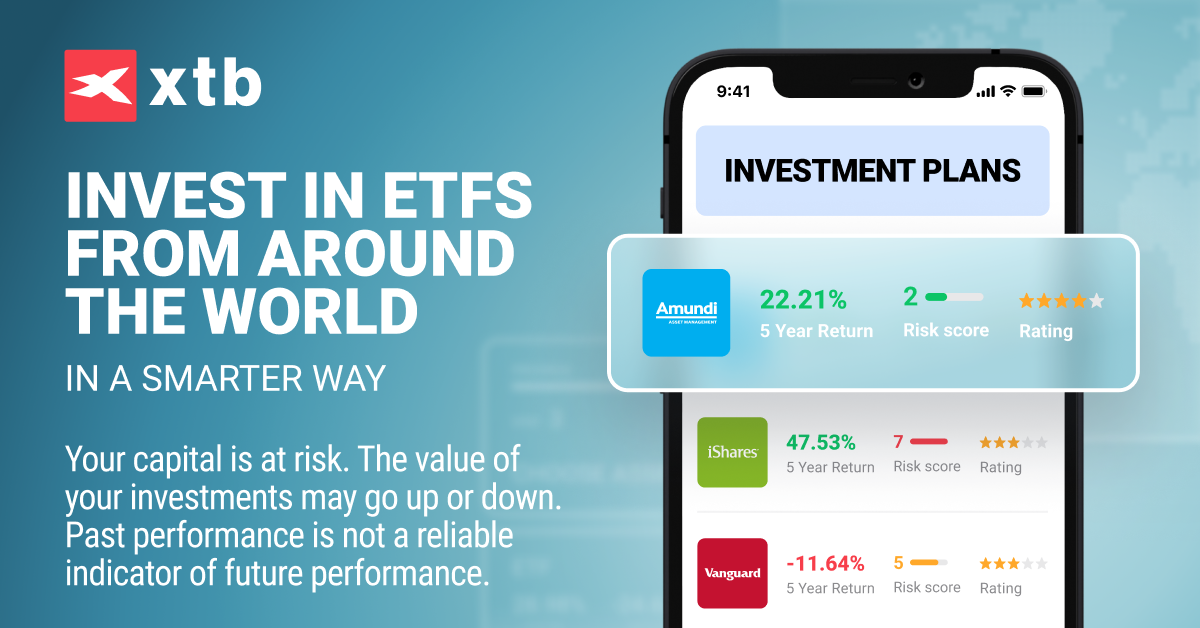Alpha and beta are fundamental concepts in investment analysis, particularly in the context of modern portfolio theory and asset pricing models. These two measures, often hailed as the yin and yang of investment analysis, provide crucial insights into how an investment strategy performs relative to the broader market.
Alpha, the first among equals, represents the excess return an investment generates compared to a benchmark, typically a market index like the S&P 500. Often hailed as the holy grail for investors, alpha reflects the skill of the investment manager or strategy in outperforming the market after accounting for inherent risk.
On the other hand, beta, the unsung hero, reflects the sensitivity of an investment's returns to movements in the market benchmark. Acting as a yardstick of systemic risk, beta quantifies the volatility of an asset relative to the market, offering investors a vital gauge of portfolio diversification and exposure to market fluctuations.
Alpha and beta are fundamental concepts in investment analysis, particularly in the context of modern portfolio theory and asset pricing models. These two measures, often hailed as the yin and yang of investment analysis, provide crucial insights into how an investment strategy performs relative to the broader market.
Alpha, the first among equals, represents the excess return an investment generates compared to a benchmark, typically a market index like the S&P 500. Often hailed as the holy grail for investors, alpha reflects the skill of the investment manager or strategy in outperforming the market after accounting for inherent risk.
On the other hand, beta, the unsung hero, reflects the sensitivity of an investment's returns to movements in the market benchmark. Acting as a yardstick of systemic risk, beta quantifies the volatility of an asset relative to the market, offering investors a vital gauge of portfolio diversification and exposure to market fluctuations.
What is Alpha?
Alpha is often calculated using the Jensen's alpha formula, which considers the difference between an investment's actual return and its expected return based on its beta.
But what exactly is alpha, and how is it calculated?
There are various methods to calculate alpha, including the Capital Asset Pricing Model (CAPM) and the Arbitrage Pricing Theory (APT). CAPM calculates alpha by comparing the actual returns of a portfolio with the expected returns based on its beta (market risk). A positive alpha indicates the investment has generated returns above what would be expected based on its market exposure. This suggests the investment manager has potentially identified undervalued assets or employed successful strategies. Conversely, a negative alpha implies the investment underperformed the benchmark, failing to deliver returns commensurate with its risk level.
Investors should note that alpha is a historical measure and cannot guarantee future performance. Additionally, it can be influenced by fees, survivorship bias (excluding poorly performing funds from analysis), and random chance.
What is Beta?
In contrast to alpha's spotlight, beta quietly lurks in the background, playing a crucial role in investment analysis.
Beta measures the volatility of an investment relative to the market. It measures the sensitivity of an investment's returns to movements in the market benchmark, typically represented by a broad-based index such as the S&P 500.
How is it calculated?
Beta is calculated by comparing the historical returns of an investment to the market returns. A beta of 1 implies that the investment moves in lockstep with the market, mirroring its fluctuations and volatility. A beta greater than 1 indicates higher volatility, amplifying market movements, while a beta less than 1 suggests lower volatility, dampening market fluctuations
Assets with higher betas are generally considered riskier and offer the potential for higher returns (but also larger losses). Lower beta assets are considered less volatile and offer more stability but potentially lower returns.
It doesn't capture all risks associated with an investment. Beta is crucial for understanding the risk profile of an investment and aligning it with your risk tolerance.
The key feature between the two is the fact that alpha focuses on performance, while beta focuses on risk. Alpha requires comparing an investment's return to a benchmark, while beta is calculated based on historical price movements.
Alpha is about outperformance, while beta is about relative volatility.
However, it's important to note that beta alone does not tell the full story of an investment's risk profile. Other factors such as idiosyncratic risk, correlation with other assets, and macroeconomic variables also influence overall portfolio risk.

Portfolio construction
Investors can use alpha and beta to build portfolios that balance risk and return based on their individual risk tolerance and investment goals. Comparing alpha and beta of different funds within a category helps assess their performance and risk profile. Alpha is often associated with active management, aiming to outperform the market, while beta is relevant for both active and passive strategies.
For passive investors, XTB has introduced a new product called Investment Plans. With Investment Plans you have the opportunity to create a diverse portfolio based on over 350+ ETFs differing in rate of return, composition and rating.
Thanks to the low entry threshold you can start creating your Plans from just 15 GBP minimum investment. The game changer is the fact you don't have to calculate anything, you just set a percentage you would like to be invested in each ETF and we take care of everything else. You can open and close your Plans at any time.
The new autoinvest feature allows clients to choose from the free funds in their XTB account or opt for a bank transfer to regularly top up their individual portfolios.The user-friendly app empowers clients to set up recurring payments at their chosen cadence, be it daily, weekly, or monthly. Recurring payments provide adaptability to changing needs and investment goals.
Setting up and running Investment Plans at XTB is completely free of charge and a complete list of all ETFs available on offer can be found here. It is possible to run up to 10 Investment Plans simultaneously with all plans being free to run. Investors should note that there is no minimum investment period and you get to decide exactly how long your investments will last.
Conclusion
In conclusion, alpha and beta represent two sides of the same coin in investment analysis. While alpha embodies the pursuit of excess returns and the value added by active management, beta quantifies market sensitivity and systemic risk.
Together, alpha and beta offer investors a comprehensive framework for evaluating investment performance, constructing well-diversified portfolios, and navigating the complexities of financial markets.
FAQ
Alpha: Alpha measures an investment's excess return over a benchmark, like the S&P 500. A positive alpha indicates the investment outperformed the benchmark, suggesting potential skillful management or unique strategy. A negative alpha means it underperformed.
Beta: Beta measures an investment's volatility compared to the market. A beta of 1 means the investment moves in line with the market. A beta greater than 1 indicates it's more volatile (moves more than the market), often implying higher risk but also potential for higher returns. Conversely, a beta less than 1 suggests lower volatility (moves less than the market) and typically lower risk and returns.
While the exact formulas are more complex, here's a simplified explanation:
Alpha: Alpha often uses the Jensen's alpha formula, which compares the investment's return to the expected return based on its beta and the market return.
Beta: Beta is commonly calculated using linear regression, comparing the historical returns of the investment to the market returns.
However, it's important to remember that published alpha and beta values are based on historical data and may not perfectly predict future performance.
It depends on your risk tolerance and investment goals.
High alpha: Can be desirable as it suggests outperformance, but be cautious if based on a short timeframe or unsustainable strategies.
High beta: Offers the potential for higher returns, but comes with increased risk of larger losses.
Low alpha and beta: May indicate lower risk and steadier returns, but potentially lower overall growth.
Both are important, but their relative importance depends on your investment strategy:
Growth investors: May prioritise alpha, seeking investments that outperform the market regardless of beta.
Income investors: May prioritise low beta, focusing on stable returns with lower risk.
Balanced investors: Consider both alpha and beta, aiming for a balance between risk and return potential.
Past performance isn't always a perfect predictor of the future. While alpha and beta can be helpful starting points, consider other factors like the investment's underlying fundamentals, economic conditions, and your own risk tolerance before making investment decisions.

Investment Plans - FAQs

Is Investing Small Amounts Worth It? A Comprehensive Analysis

The best ETFs to look out for in your Investment Plan
This content has been created by XTB S.A. This service is provided by XTB S.A., with its registered office in Warsaw, at Prosta 67, 00-838 Warsaw, Poland, entered in the register of entrepreneurs of the National Court Register (Krajowy Rejestr Sądowy) conducted by District Court for the Capital City of Warsaw, XII Commercial Division of the National Court Register under KRS number 0000217580, REGON number 015803782 and Tax Identification Number (NIP) 527-24-43-955, with the fully paid up share capital in the amount of PLN 5.869.181,75. XTB S.A. conducts brokerage activities on the basis of the license granted by Polish Securities and Exchange Commission on 8th November 2005 No. DDM-M-4021-57-1/2005 and is supervised by Polish Supervision Authority.


